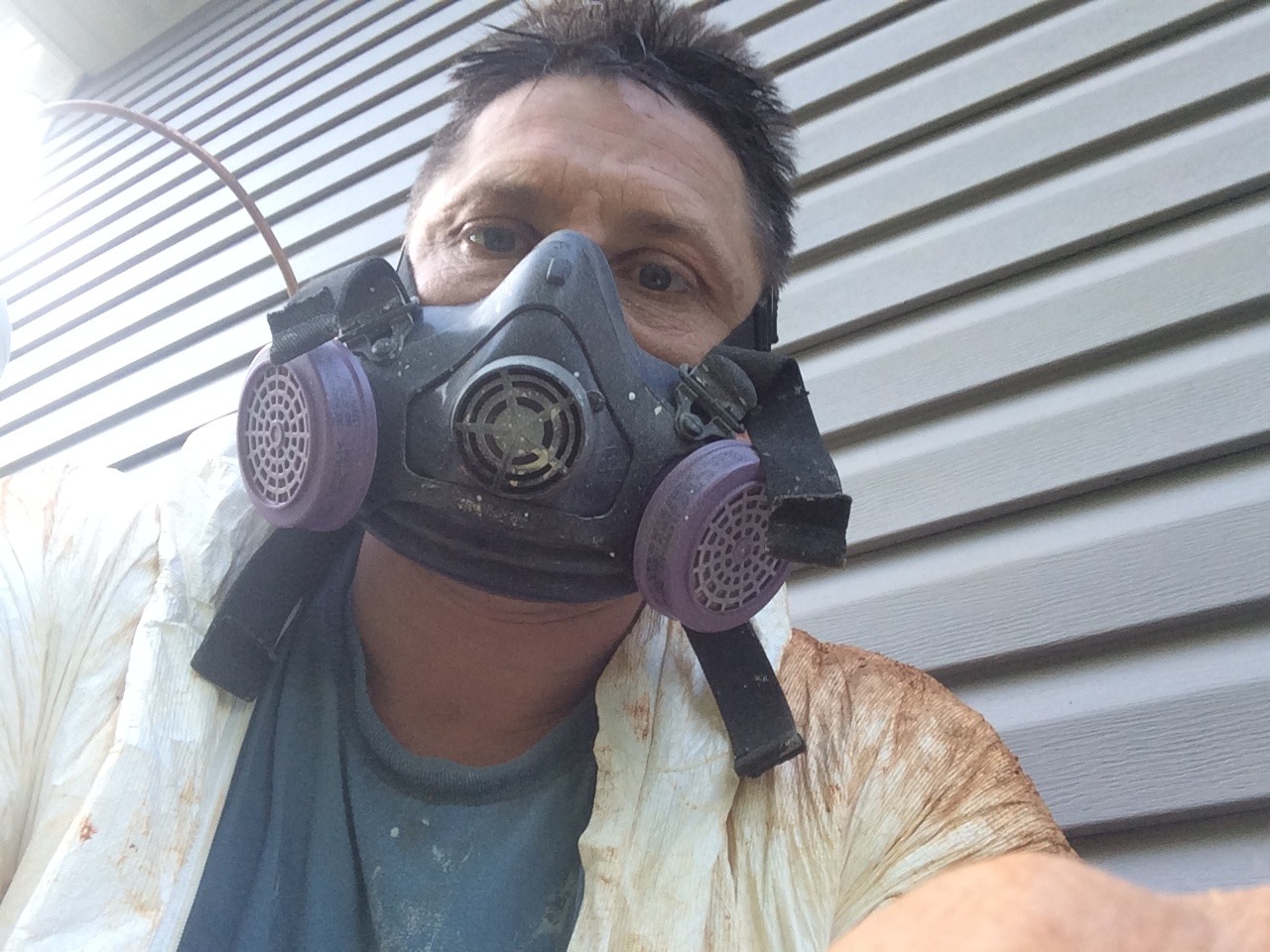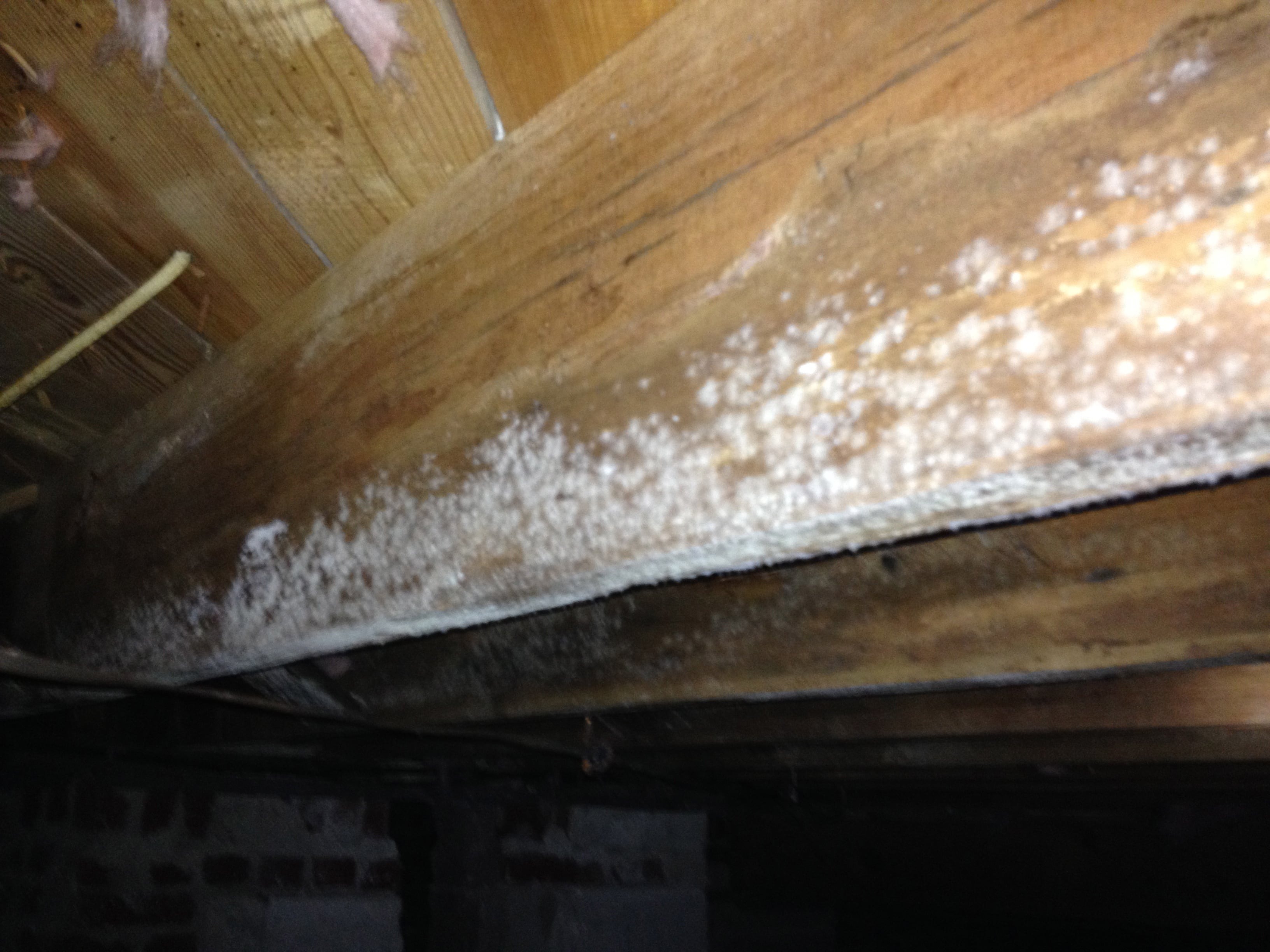Why Choose us
Environmental Services Provider is a full service environmental firm. We offer many solutions to a number of environmental problems. By serving the Ozarks for over 30 years, we are able to solve issues in a timely manner all while following the proper protocol. Here is just a short list of some of the environmental services that we offer.
RadON tESTING
Testing is the only way to confirm if you have high levels of Radon in your home or business. Call to setup and appointment.
aSBESTOS tESTING
Asbestos is known to cause cancer, if you have any concerns over possible Asbestos in your home or business, call today for testing.
uNDERGROUND sTORAGE tANK rEMOVAL
Due to the possibility of underground storage tanks leaking contaminants, it might be best to remove the tank.
pHASE I & ii eNVIRONMENTAL SITE ASSESSMENT
An environmental site assessment is a report prepared for a real estate holding that identifies potential or existing environmental contamination liabilities.
EMERGENCY rESPONSE
We handle customers problems, as if they were our own. If you need us at 10 PM or 2 AM, we will be there. Our emergency crew is standing by.
lAB TESTING
Our local laboratory is equipped to handle almost any situation. We even have local competitors that use our lab services.

Same Day Mold Inspection Available
One of our highly trained mold inspection experts will do a visual inspection at your location and take air quality samples if needed.
Here is a short list of some of the environmental services that we provide:
* Mold Inspection Springfield
* Mold Remediation Springfield
* HVAC Air Duct Cleaning Springfield
* Air Quality Testing Springfield
* Crawl Space Mold Removal Springfield
Common Questions About Mold Removal Costs
What are the Average Mold Removal Costs?
ANSWER...
Mold removal costs will vary depending on what part of the world you are located, but on average, you should expect to pay $500 to $4000. Talk with your local mold inspector and removal company for an estimate.
Mold Inspector Near Me?
ANSWER...
How to find the best mold inspector near me? If you are located in Springfield or SW Missouri, your are in luck. We have been servicing the area for over 30 years.
Do I Need to Clean My HVAC Duct Work?
ANSWER...
Since your HVAC unit is circulating the air through your house, it makes sense for that air to be as clean as possible. Cleaning your HVAC Duct Work will not only improve the quality of air in your home, it will also increase the performance for your system.
Springfield Mold Remediations
Mold Removal Cost Video
Are you still hesitant about bringing in a professional to help with your mold and moisture problems? You don't need to stress about it anymore, Environmental Services Provider has got your back. Our mold inspectors are ready to take care of your home or business.

Crawl Space Mold Removal in Springfield
If you have a musty smell coming from your crawl space, we can help. Moisture in a crawl space is not uncommon, especially if there is no vapor barrier. Having a vapor barrier is just the first step in resolving any mold or moisture issues in your crawl space. Let one of our professional mold inspectors do a visual inspection of your home to evaluate your situation. Call Today!
Call Now
Mold Removal Cost in Springfield
The national average cost for mold remediation is $2,228, with a typical range between $1,112 and $3,345. Small remediation projects of 100 square feet or less can often be handled by a property owner for a minimal cost, but larger jobs should be performed by professionals and may cost upwards of $6,000.
There are a number of factors that can impact the cost of mold removal in any particular instance. The amount of mold and level of development can necessitate the replacement of structural materials, for example, and specialized protective and disposal equipment is often required.
The health risks of mold in the home have been well-documented and it may cause extensive property damage. Mold remediation can be an expensive process, but it is best handled sooner rather than later.
What is mold?
Molds are a type of fungus. They grow best in warm, moist environments and they survive by digesting decaying organic materials. Because they do not use chlorophyll to produce food, molds do not need sunlight to survive. Without mold, the entire world would be overrun by dead plant matter, so it's an important part of the environment.
Why does mold grow in residential homes?
The key to mold growth is the level of moisture in the environment. Mold will grow in any environment that is sufficiently moist that also contains any kind of food source. Common food sources for mold in the structure of the home include drywall, window frames, carpeted or uncarpeted flooring, bathroom tile, and interior insulation. Mold developing in the structural materials of a basement or crawlspace may require special attention. Mold may also develop on furniture.
Common sources of moisture that could lead to indoor mold include condensation from high humidity or large temperature differences, roof leaks, flooding, plumbing leaks, or excessive humidity.
What health problems are caused by mold?
Exposure to environmental mold can lead to skin irritation, breathing difficulties, allergic reactions and headaches. Mold can be an irritant, causing a burning sensation to the skin, lungs, nose, throat or eyes. It can trigger asthma attacks in people who are allergic, and even non-allergic asthma sufferers may experience worsened symptoms because of exposure to indoor mold. Symptoms of allergic reaction include sneezing, red eyes, runny nose or the appearance of skin rash. The EPA reports that repeated exposure to mold can bring about sensitivity and health problems, so it is important to put an end to mold exposure as soon as possible.
Molds can also produce mycotoxins, which are toxic substances that may be found either within or on the surface of mold spores. Mycotoxins can enter a person's system via ingestion, inhalation or skin contact. Aflatoxin B1 is the best-known mycotoxin; it is a potent carcinogen, the inhalation of which can cause lung cancer. It is produced by the molds Aspergillus parasiticus and Aspergillus flavus.
Mold Testing
Those who suspect an indoor growth of mold should begin by having the area tested by a professional. Many contractors offer free testing. Mold sampling should be performed by those who have specific working knowledge of sampling methods and protocols, including those recommended by the American Conference of Governmental Industrial Hygienists or the American Industrial Hygiene Association.
Investigations often disturb potential areas of growth. It may be necessary, for example, to remove sections of wallpaper to examine drywall or sections of carpet to test floorboards. Either action may release mold spores into the air.
Mold inspections should:
Be performed by qualified personnel, preferably a certified professional with a number of years of experience in mold removal.
Examine sites of potential mold development and look for sources of moisture.
Examine indoor air quality for the presence of mold spores or other irritants.
Check for areas of past or current growth within interior walls, floors, ceilings and other areas where mold growth is common.
Mold Removal
Small remediation projects can be performed by a property owner for a minimal cost, but larger jobs should be performed by professionals and may cost upwards of $10,000. Nationally, homeowners report an average cost for mold remediation of just over $7,500.
Labor Costs
If the mold infestation covers 100 square feet or less in total area, the EPA says that property owners can generally handle the project themselves. For larger areas, though, mold remediation is best left to the professionals. Additionally, if mold is found in more than one area of the home, it is best to leave the cleanup work to a professional mold removal crew.
Labor costs can make up a large part of the total price of mold remediation. Qualified removal companies make use of skilled labor and expensive equipment. A High Efficiency Particulate Air (HEPA) vacuum, for example, is a $10,000 piece of machinery that makes use of special filters and powerful suction to remove mold from materials. Workers operating HEPA vacuums must wear mold-proof suits and face masks and must be specially-trained.
Materials Cost
Material costs will vary widely from one project to another. In some cases, mold may have eaten away lumber, sheet rock and floor boards. In other cases, it may be present only in carpet or small areas of walls and ceilings. Thus, material costs vary from less than a hundred dollars on the low end to tens-of-thousands of dollars for the remediation of a flooded basement, for example.
Those who are attempting to take the project on themselves will probably want to rent or purchase a wet vacuum to pull moisture from carpet and wood. They can be rented for around $30 per day or can be purchased for between $80 and $200. For very small mold remediation projects, only water and detergent are required.
Mold Cleanup Tips
Moisture is the key to mold growth. Fix any plumbing leaks or other sources of moisture as early on in the process as possible. Dry everything completely.
Use a solution of detergent and water to scrub away mold on hard surfaces.
Drywall, carpet and other porous materials are often irreparable once they are moldy. Throw away and replace these materials.
Wear gloves and goggles and use a respirator to avoid breathing airborne mold. An N-95 respirator, available at most hardware stores for between $12 and $25, is recommended for those performing mold remediation.
Remediation is done when all of the mold is completely removed. There should be no visible mold and no odor of mold. After cleanup, the site or sites should not show signs of moisture accumulation or mold growth.
source
1(417) 297-1213
Do You Need Air Quality Testing?
Environmental Services Provider will come to your location and take air samples. We will provide a detailed, written report on what we find within 24 hours of testing.
(417) 297-1213Environmental Services Provider LLC
1111 Farm Road 123 STE B
Springfield, MO 65802
(417)-297-1213
[email protected]


